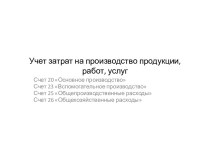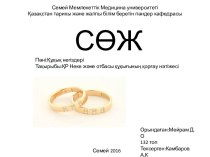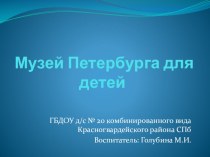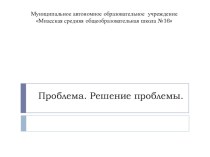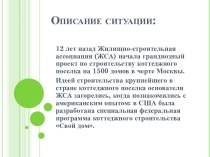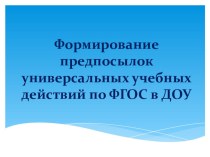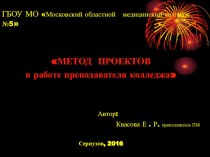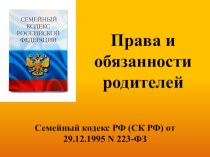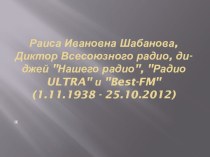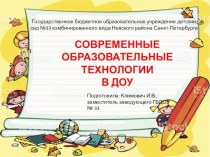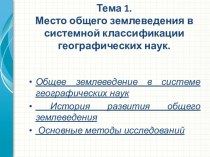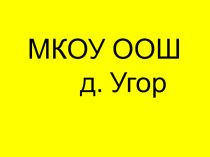- Главная
- Разное
- Бизнес и предпринимательство
- Образование
- Развлечения
- Государство
- Спорт
- Графика
- Культурология
- Еда и кулинария
- Лингвистика
- Религиоведение
- Черчение
- Физкультура
- ИЗО
- Психология
- Социология
- Английский язык
- Астрономия
- Алгебра
- Биология
- География
- Геометрия
- Детские презентации
- Информатика
- История
- Литература
- Маркетинг
- Математика
- Медицина
- Менеджмент
- Музыка
- МХК
- Немецкий язык
- ОБЖ
- Обществознание
- Окружающий мир
- Педагогика
- Русский язык
- Технология
- Физика
- Философия
- Химия
- Шаблоны, картинки для презентаций
- Экология
- Экономика
- Юриспруденция
Что такое findslide.org?
FindSlide.org - это сайт презентаций, докладов, шаблонов в формате PowerPoint.
Обратная связь
Email: Нажмите что бы посмотреть
Презентация на тему Nuclear reactor monitoring by antinentrino detectors
Содержание
- 2. NUCLEAR REACTOR MONITORINGNuclear reactor monitoring in the
- 5. The first to exploit antineutrino detection
- 6. For the antineutrino flux to be
- 7. SCINTILLATION SPECTROMETER (ScS)The scheme of installation F.RainesC.Cowan
- 8. volume of about one cubic meter;based
- 9. DANSSrelatively simple design;small number of channels;readily available raw materials;
- 10. CONCLUSIONToday, Thirty-three years after the Russian demonstrations
- 11. Скачать презентацию
- 12. Похожие презентации
NUCLEAR REACTOR MONITORINGNuclear reactor monitoring in the “on-line” regime is a field of intensive activity of applied neutrino physics. The nuclear reactor represents exceptionally clean and powerful source of electron antineutrinos.











Слайд 5
The first to exploit antineutrino detection as a
tool for reactor monitoring were Russian physicists. Multiple experiments
were conducted, beginning in 1982 , at the Rovno Atomic Energy Station in Kuznetsovsk, Ukraine,. The antineutrino source was a Russian VVER-440.THE EXPERIMENT OF RUSSIAN PHYSICISTS
Слайд 6
For the antineutrino flux to be detected, the
inverse beta-decay was used.
In the Rovno experiments, two
neutrino detectors were in operation:Scintillation spectrometer (ScS);
Water integral neutrino detector (WIND).
THE EXPERIMENT OF RUSSIAN PHYSICISTS
Слайд 8
volume of about one cubic meter;
based on
the inverse beta-decay;
high statistic accuracy;
statistics can detect a net
antineutrino rate of about 4000 per day.THE PARAMETERS OF MODERN DETECTORS
